應約翰.衡特立四世的請求,將以前的博文“從德州到中國--一百三十年前的旅程”翻譯成了英文。他說他父親年事已高,恐怕時日不多了,想看我寫的博文。我抓緊時間翻成英文,有些細節中文意思不易翻譯,趕時間,隻好湊合了。他父親看了以後很高興。算是一個中國人對衡特立一家的一點微薄的回饋吧。貼到這裏,供隻識英文的朋友參考。
In 2017, I listened to the testimony of an American Christian John Hendry IV at the College Station Chinese Church in Texas (the predecessor of the College Station Chinese Bible Church). The title of his sermon was the title of this article: " Journey to China from Texas and beyond over 130 years ago ." He talked about the missionary trip of his great-grandfather John L. Hendry Sr. to China in 1888. I was not only deeply moved by the Hendrys’ faithful service to the Lord Jesus, but also intrigued by the history involved, and I want to record this story. After numerous email communications with John, several face-to-face conversations, reading a few books written by his relatives, and checking the information on the Internet, I finally wrote this article.
Before telling John Hendry’s story let me briefly introduce the history of missionaries in China. The earliest recorded Christian missionary in China was Alpen Abraham, a Syrian, who traveled to Chang'an in the Tang dynasty in AD 635. Christianity was known as Nestorianism back then in China. The legend is that the apostle Thomas first spread the gospel to India and China. Other famous missionaries include Matteo Ricci in the Ming Dynasty, Johann Adam Schall von Bell in the late Ming and early Qing dynasties, Ferdinand Verbiest in the early Qing Dynasty, and Robert Morrison and James Hudson Taylor in the late Qing Dynasty.
Matteo Ricci is a Catholic Jesuit missionary and a scholar from Italy. He went to China in 1584 and brought the world map and Euclid's "Geometry Original", he was the first person to introduce science to the Chinese.
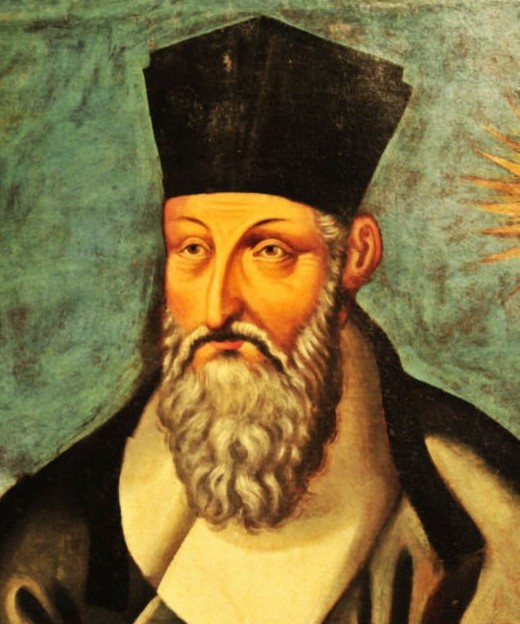
The German-born Johann Adam Schall von Bell went to China in 1619. He was the teacher of two emperors of Shunzhi and Kangxi. He adopted the strategy of using science for his mission work by introducing astronomy to China and revising the lunar calendar.
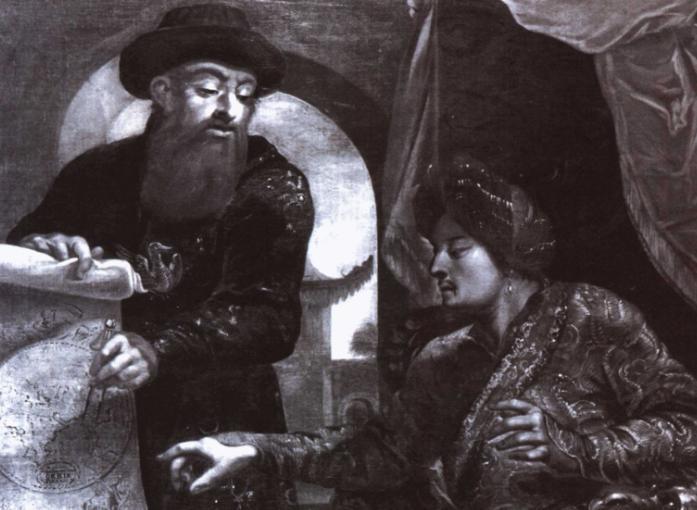
(Johann Adam Schall von Bell and Emperor Shunzhi)
Belgian Ferdinand Verbiest went to China in 1658. He was the scientific enlightenment teacher of Emperor Kangxi. He was one of the most influential missionaries to China in the early Qing Dynasty. He served as the head of the Ministry of Industry.
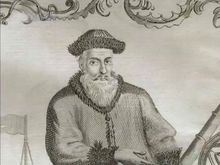
British Robert Morrison was the first Protestant missionary to mainland China. He went to China in 1807 and published the Chinese version of the Bible for the first time.
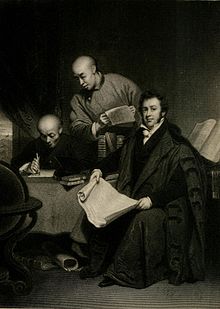
(Morrison leading Chinese believers to translate the Bible into Chinese.)
James Hudson Taylor, The British founder of the China Inland Mission, went to China in 1853. Many people may know his famous quote, which has touched the hearts of countless Chinese people: "If I had a thousand pounds China should have it—if I had a thousand lives, China should have them. No! Not China, but Christ. Can we do too much for Him? Can we do enough for such a precious Savior?"
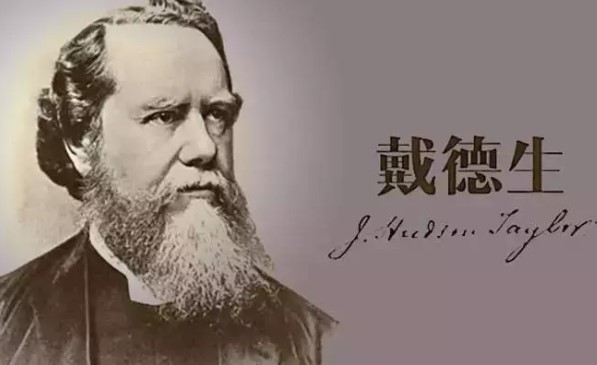
Perhaps not everyone knows: James Hudson Taylor was firmly opposed to the opium trade to China.
In addition to these well-known missionaries, there are thousands of missionaries who were the unsung heroes. Each of them had their own unique experience, many of which were even thrilling. John L. Hendry Sr. was one of them.
In 1888, the Methodist Episcopal Church based in Nashville, TN sent John Hendry Sr. to China. Three weeks after his wedding, he and his wife Alice took a ship on their journey to China. At that time, China was still in an era when women bound their feet and men had their long braids. The Qing government closed the country to the outside world. It is obsessed with the identity of the son of the heavenly king in the central kingdom, and expects all nations to come to worship them. Two Opium Wars made the Qing government realize the reality. The Qing emperor was not willing to admit defeat; to him signing the many unfair treaties was just a way to fool the Westerners. The ordinary Chinese people were both fearful and angry with the Westerners. To go to China on a missionary trip under the circumstances required great courage and dedication. John L. Hendry Sr. and his wife first went to Suzhou to study Chinese for three years. After that, they went to Nanjing for two years and then lived in Tianjin for a few years. John L. Hendry Sr. went to Huzhou, Zhejiang Province in 1890, where he preached for more than 20 years. The number of local Christians increased from zero to 6,000. He spent some time in Shanghai as well [1].

(John and Alice Hendry and other missionaries and their families traveling by boat.)
The Boxer Rebellion in 1900 started with attacking the weakest westerners, missionaries and their families. Christians call it "the Murder of Christians by the Boxers". The Qing government wanted to use the Boxer Rebellion to counter the westerners. Sometimes the government itself joined in the massacre. As a result, the Allied Forces attacked and took the capital. The Qing government had to sign a humiliating treaty again. The indemnity was the equivalent of five times the total GDP of China at that time.
According to the Hendrys’ family genealogy [1]: During the Boxer Rebellion, a brave telegraph operator changed the order of the Empress Dowager Cixi from “kill foreigners” to “protect foreigners”. And the precious time he created allowed Hendrys’ family to flee to the Shanghai Concession. The telegrapher was later executed.
They also had to escape from China during the war with Japan. One of these events was reported by a local newspaper.

It can be seen from this newspaper that Chinese church members also gave a banner to send them off. The two years-old baby in the photo could even speak Chinese. Of course, with a Chinese nanny and Chinese children to play with, he could probably speak authentic Chinese (possibly with a Jiangsu-Zhejiang accent).
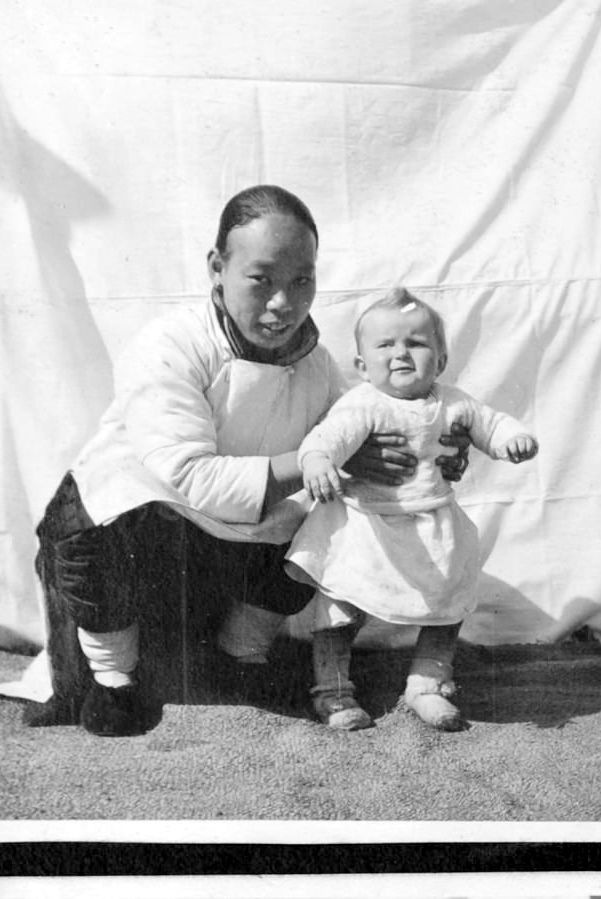
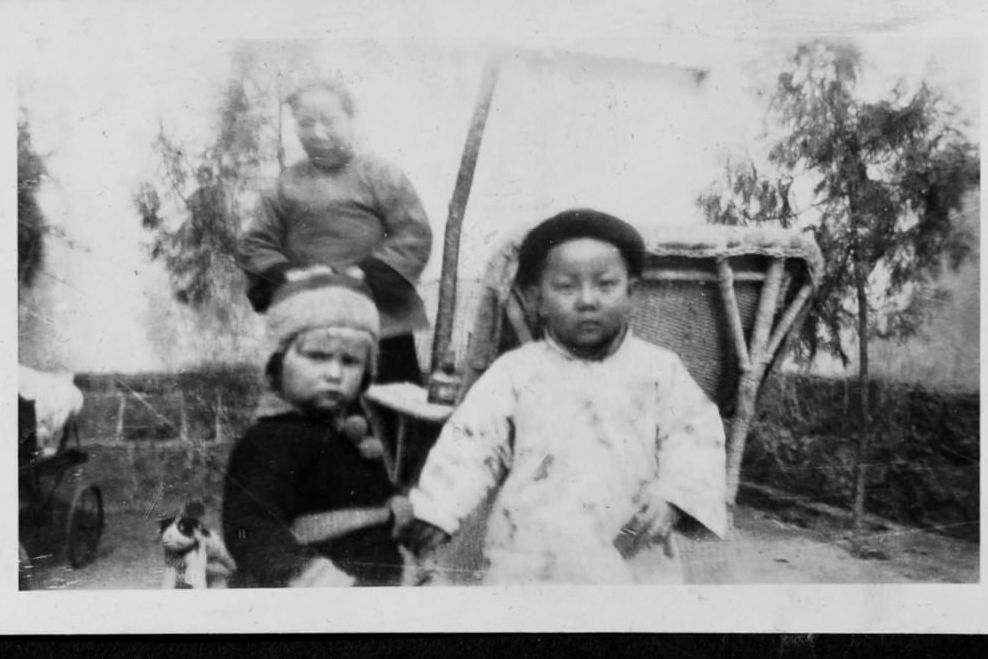
It is from this banner that I found the Chinese name of John L. Hendry: 衡特立, not my original guess of 亨得力. Before I knew this, I used “missionaries”, 亨得力, Huzhou and other keywords on Baidu search, and found nothing. After switching to the right name 衡特立, several items popped up. The descendants of John Hendry may not be sure about where he actually preached. After searching online, Hendry also established churches in Wuzhen in 1890, Shengze in 1899, Tunxi in 1900, Wuxing Island in 1901, and the church in Taihu in 1903 [3]. Before and after the Boxer Rebellion, it was his busiest time. He had the courage to work hard under the dangerous circumstance, which is admirable.
At the end of the 19th century, cameras were still a luxury item in China, but they have become more popular in the West. From Hendry Sr. to his son, Hendry Jr., a lot of precious photos were taken. Unfortunately, some of them have no explanations of where and when they were taken, and one can only guess.
In 1904, a family portrait for the Hendrys was taken in GuangHui House in Shanghai. The first one on the left was John Hendry Jr.
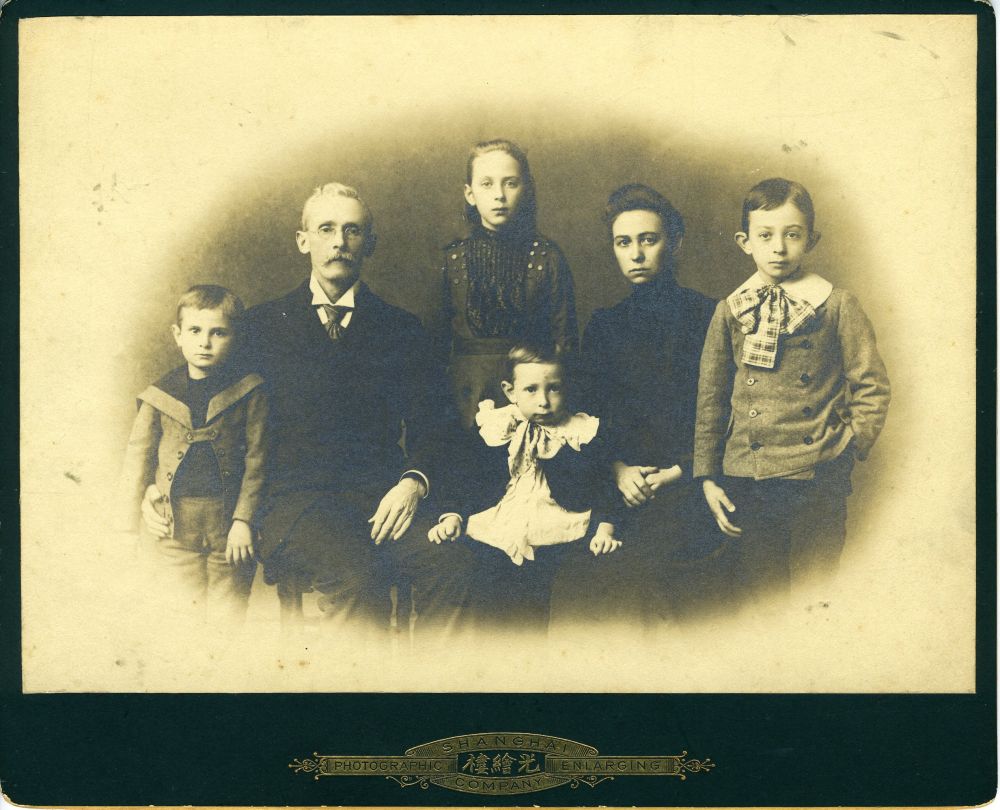
This looks like twin towers. If you look carefully, they are three towers. A friend of saw this picture and pointed out that this was the three towers of Jiaxing. The towers in the photo were built in the Tang Dynasty, but was tore down during the Cultural Revolution. It was rebuilt years later.

This was the Great Wall. But it is not clear which section it was.
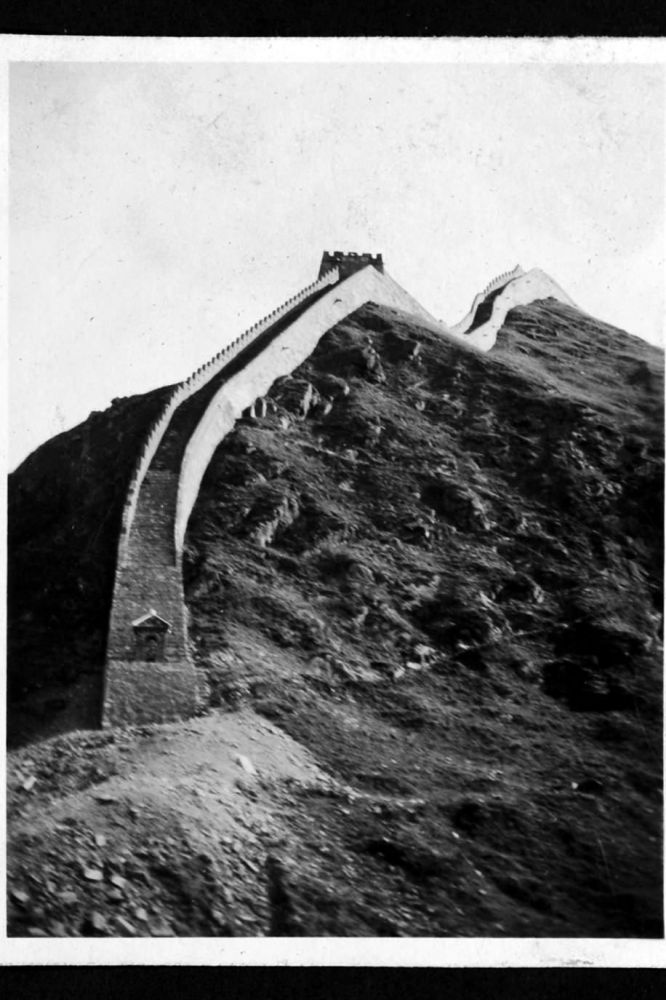
In 1900, there were still no automobiles in Shanghai (the first automobile appeared in Shanghai three years later). Rickshaws were the main means of transportation.

This was the Bund.
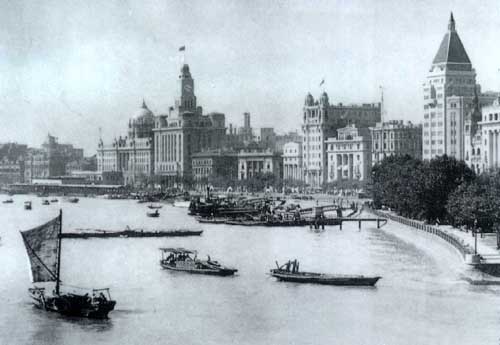
This was Naking Road, it looked horrible!

This was the racecourse, which is said to have been changed to the People’s Park. During the Boxer Uprising, Hendry Sr. saw the allied forces gathered here before they went north to attack Peking.

This was East Changzhi Rd. in Shanghai, looked somewhat glamorous.
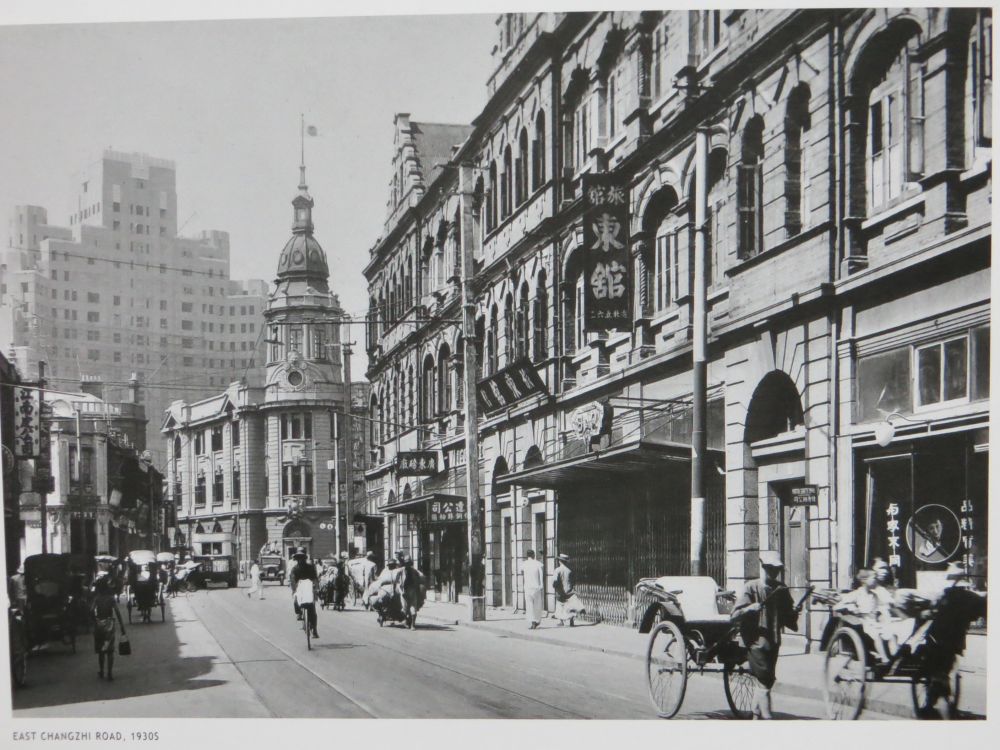
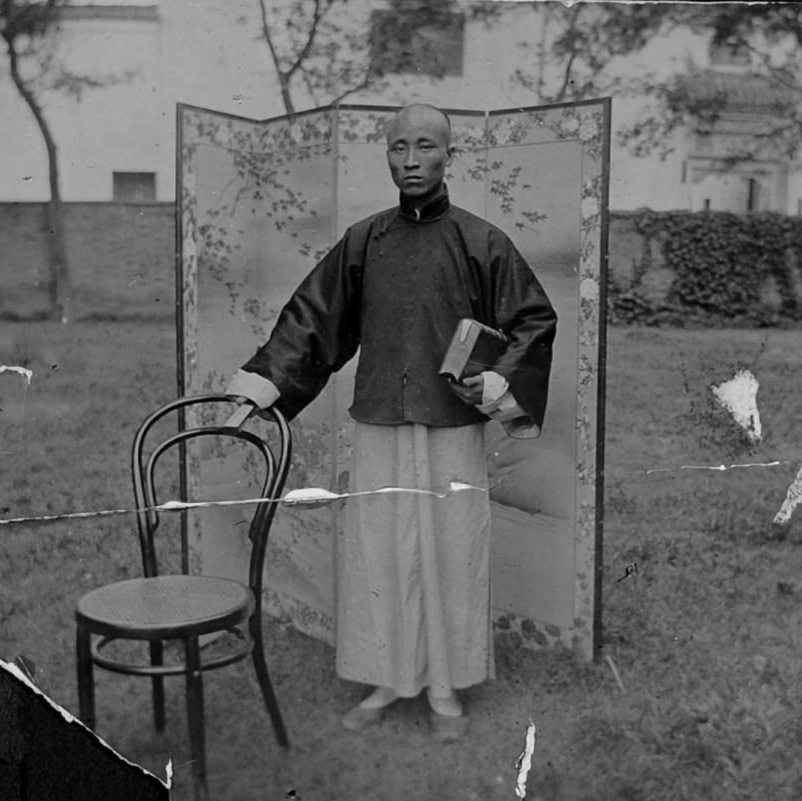
(A local Chinese Christian)
These photos were probably taken in the water town of Suzhou or Huzhou.
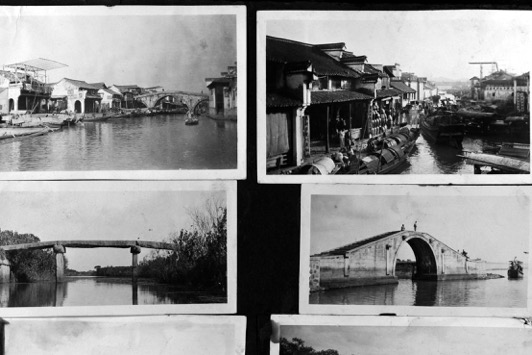
The single-hole bridge was a bridge over a canal in Huzhou, Zhejiang (Photo taken in 1919).
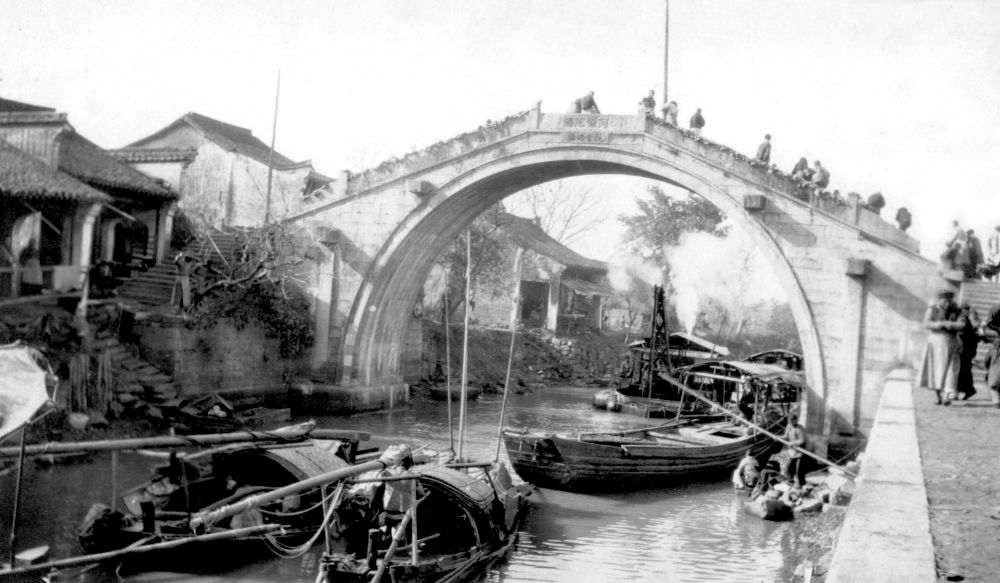
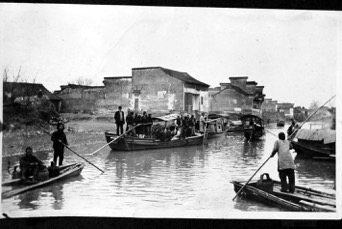
The raingear was an unusual thing for Americans. When I was a child, I often saw farmers wearing these raingears in the fields to do farm work. I also saw the kind of boats with the top when I was a child.

These were some unknown streets in unknown cities. (A friend of mine pointed out the middle one in the top row was taken in Shaoxing.)
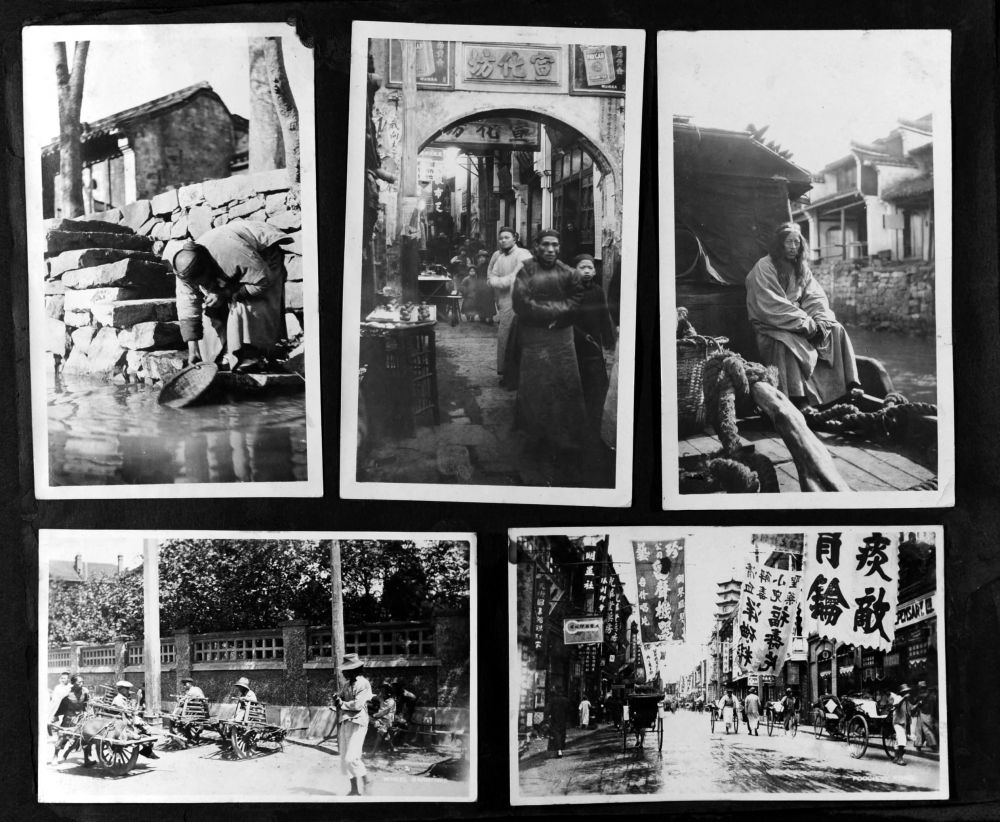
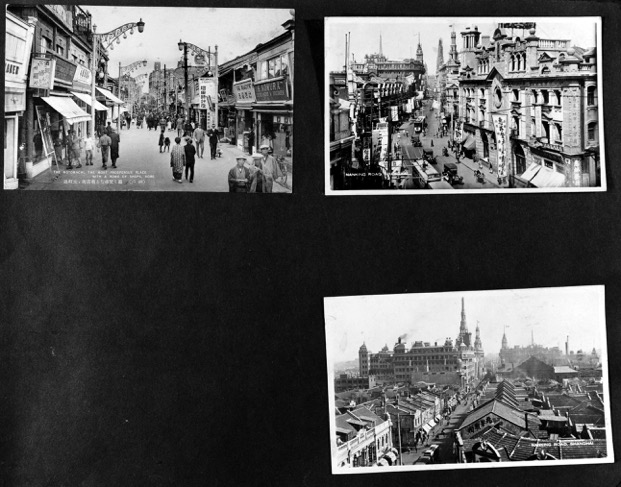
From the book written by John’s family members, Zhejiang Moganshan was the place where they often went to vacation. Unfortunately, I cannot match the photos.
John L. Hendry Jr. was born in China and educated in the United States. This photo was probably taken when he was in middle school. He was no doubt a very handsome young man!

After graduating from Southwestern University in Georgetown, Texas, John joined the British army. In 1919, he married his wife, Lutie (They met at Southwestern University), in Huzhou, China.
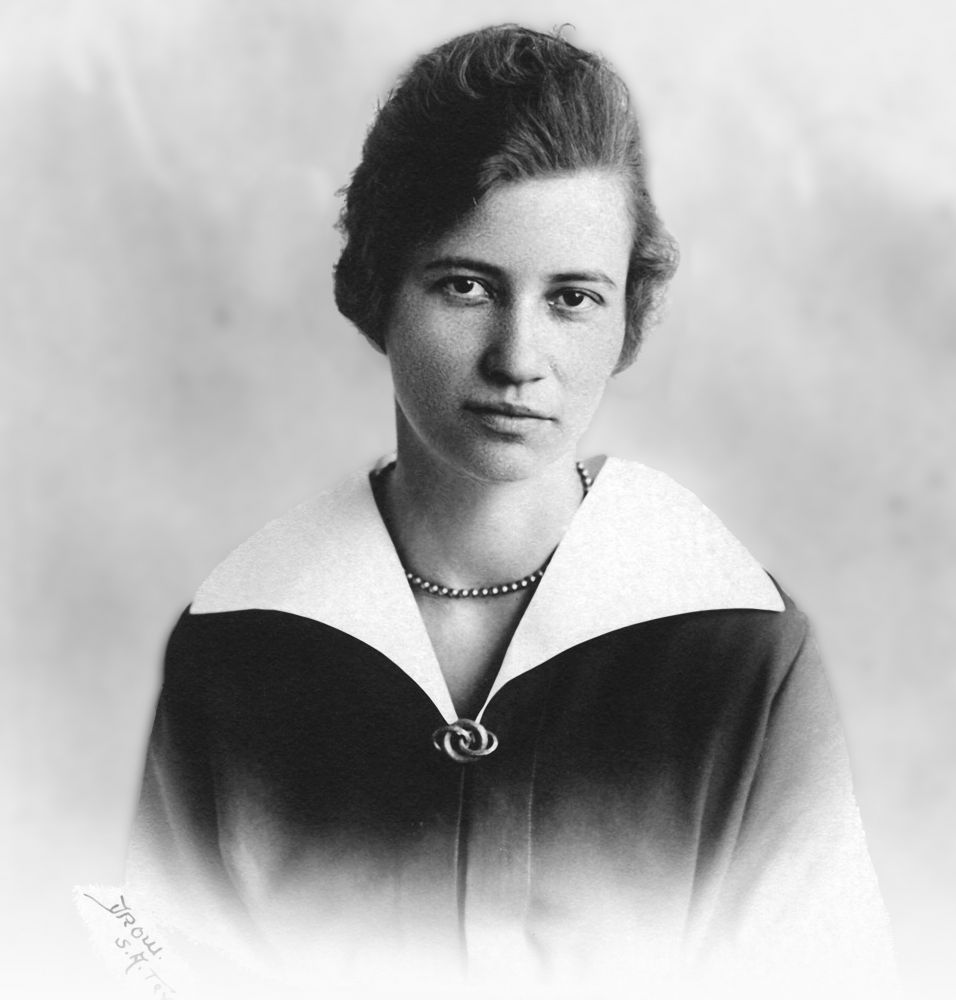
(Lutie)
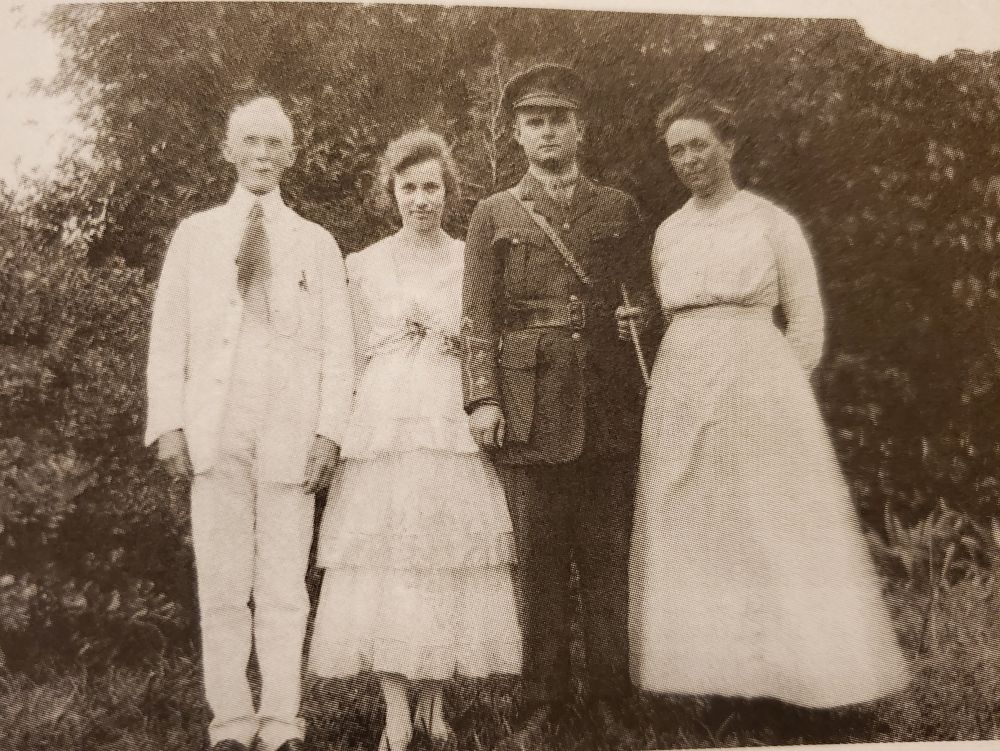
After the marriage, they had three girls and one boy. After the birth of her son John L. Hendry III, Lucy unfortunately died of postpartum complications. John L. Hendry Jr. had to raise four children by himself. This must have been a difficult time for him. (Readers should have guessed that John L. Hendry IV, who came to the College Station Chinese Church, is the son of John L. Hendry III.)
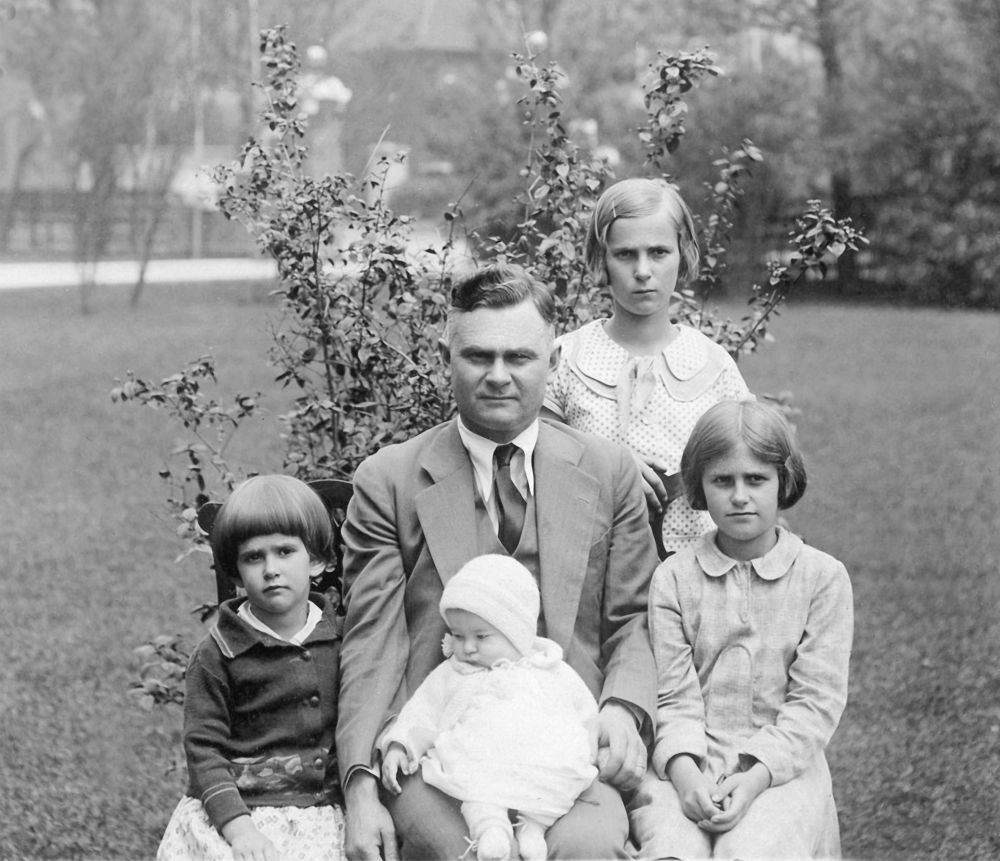
A few years later, John L. Hendry Jr. met a young woman, Lois, from Illinois on a missionary trip to China. They fell in love and got married in China. The bride had both American and Chinese style wedding photos. She looked so happy!
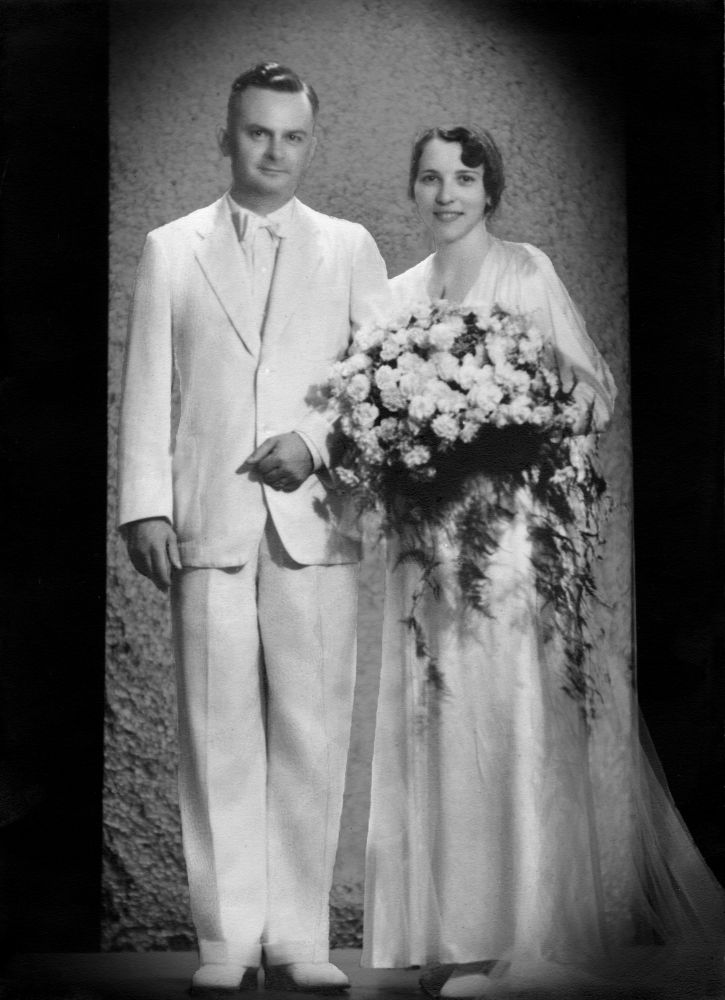
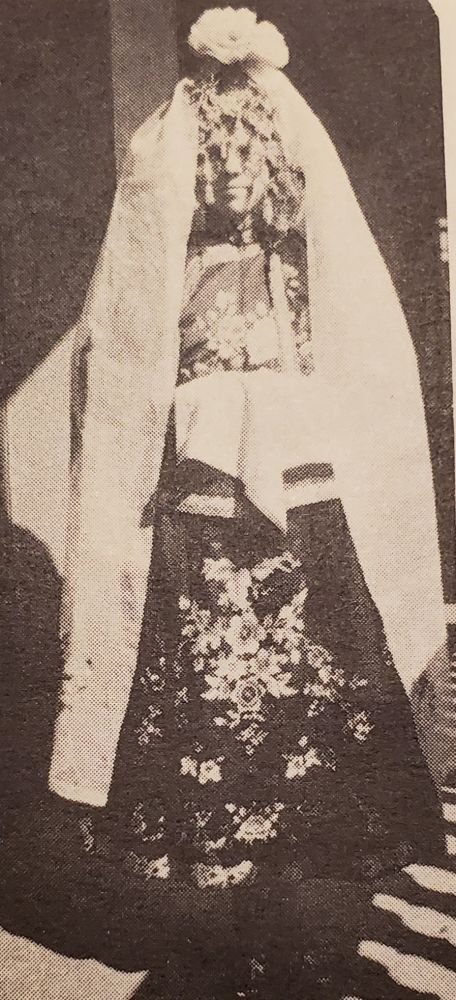
Finally John L. Hendry Jr. had a warm and loving family again!
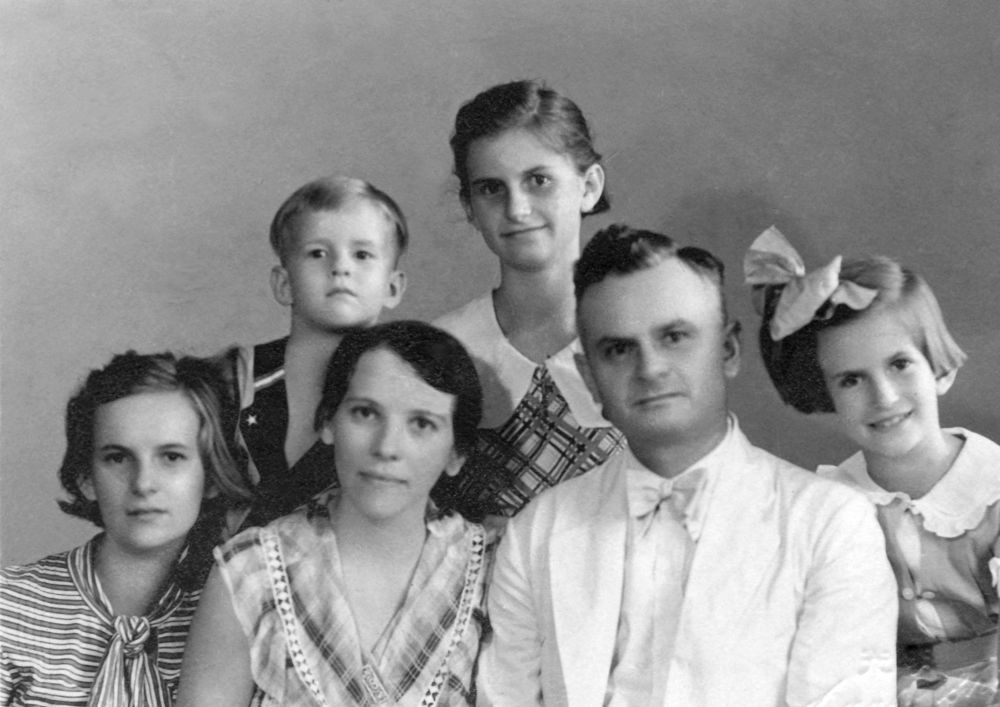
During the First World War, John L. Hendry Jr. took 400 laborers from China to France to dig trenches for the Allied Force. This was a photo of laborers waiting to board a ship at the Huangpu River dock.
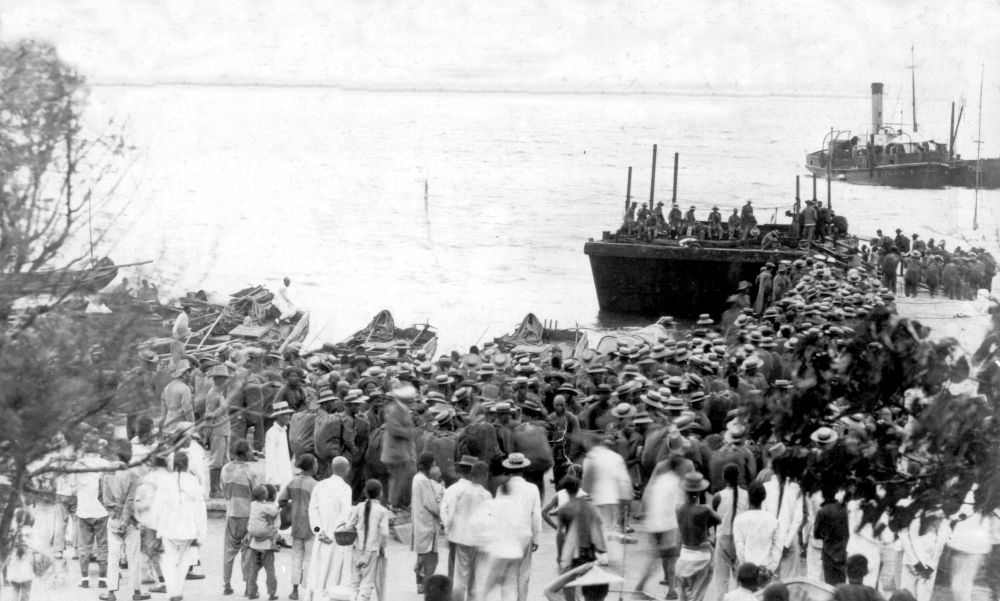
This is an apartment building that John L. Hendry Jr. built in 1930, called Houston Court. It was the first building in Shanghai with an elevator. It is still there today.

Shanghai American School was the place where the children of these missionaries went to school [4].
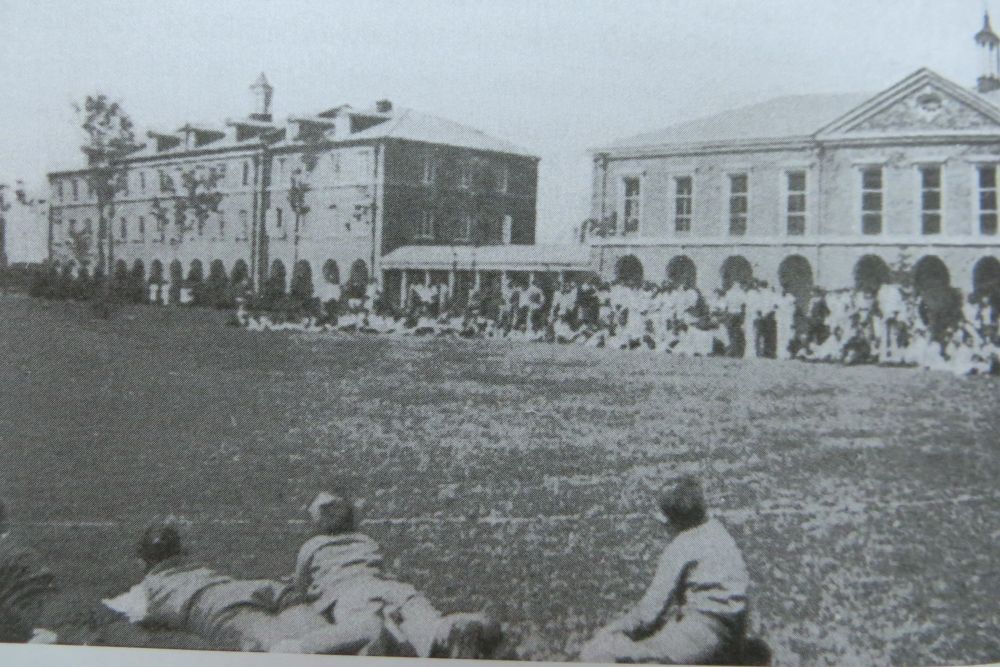
During World War II, John L. Hendry Jr. served with the Red Cross.
John L. Hendry Jr. ‘s first wife, Lutie, wrote many letters to her parents. Among them, one of her many "anecdotes" was about a Chinese family inviting them to have dinner. They served dishes like shark's fin, pigeon egg with fried mushrooms, duck's paw, bamboo (should be bamboo shoots not bamboo, translation was definitely wrong), turtle, eels, etc., sounded definitely like a delicious dinner to most of us Chinese, but it was shocking to an American woman at that time. She struggled with her chopsticks during the entire dinner. Another story: after the Chinese died, they would not be buried. Sometimes it would take half a year, after a fortuneteller giving the permission for burial. The coffin was placed at home. (I don't know if I should believe it, wait for so long? Wouldn’t the body stink?) Of course, in the early 1900s women with small feet of a few inches long were always shocking to westerners.
John L. Hendry Jr. ‘s second wife, Lois, wrote a book in the mid-1980s about her missionary work in China in the 1920’s [2]. The missionaries took in many abandoned or mistreated girls. The girl in this photo (left side) was 12 years old. Her alcoholic mistress abused her. Every time the mistress was drunk, she would use a cigarette butt to burn the girl. Due to the lack of food, the poor girl had a very skinny face and was referred to as the "monkey girl" by the judge. A few months after arriving at the church, she became a happy and healthy girl (on the right side of the photo).
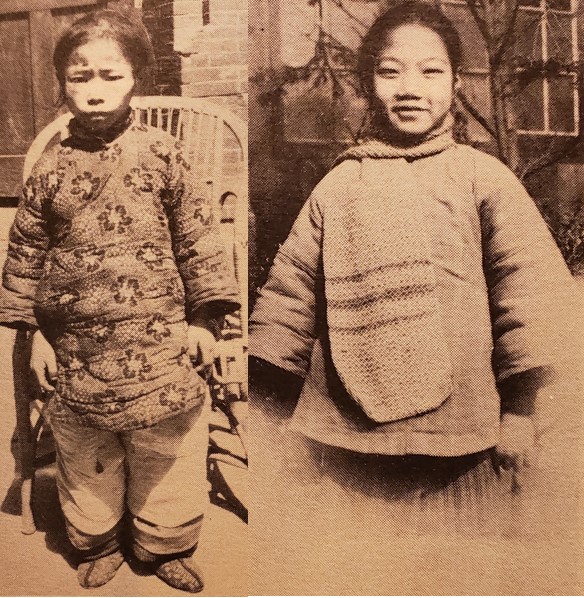
This story reminds me of a saying I learned in elementary school (A well-known communist propaganda): the old society (meaning before the communists took over China) turned people into ghosts, and the new society (meaning after the communists took over China) turns ghosts into people. It is so appropriate if the words “new society” were replaced by “church”!
The church took in many such abandoned or mistreated girls. This photo shows the smiling freshmen girls, they seemed so happy!
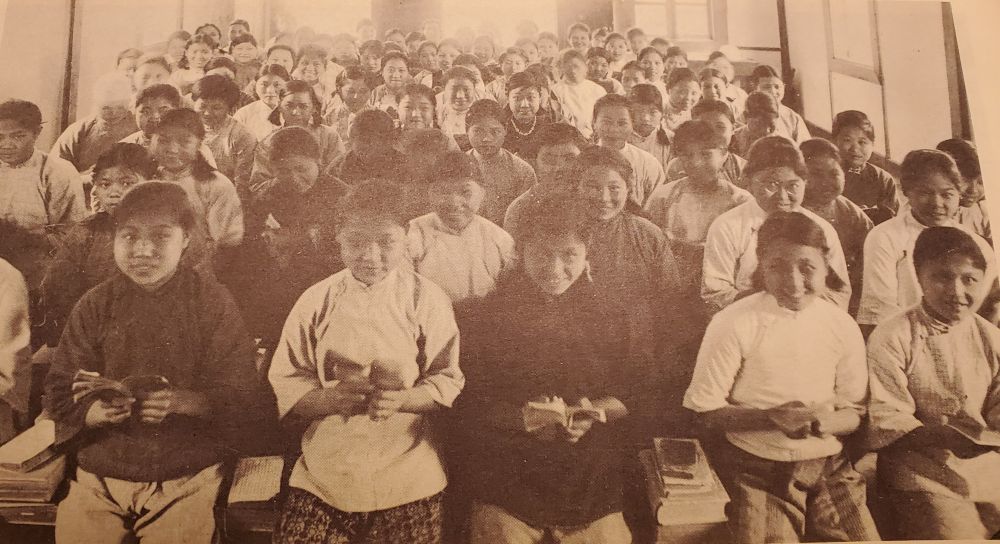
These girls learned Chinese, English, and studied the Bible. They were well educated and became the potential brides sought after by many local single men. The men would first write to the church, and according to the information they provided, the Chinese staff in the church would match the most suitable ones for them. Then there was a date, in fact, it was to meet each other once. Lois detailed this match-making process in her book. When the man and woman met, the woman lowered her head deeply and only looked at the ground. Both sides agreed to marriage after the meeting. The other girls asked her, you didn't even look at his face, how did you know he is a good man? She replied: I looked at his feet and knew that he was a good person. Such a thing was undoubtedly unimaginable to a young American girl. Lois was also deeply attracted to Chinese weddings.
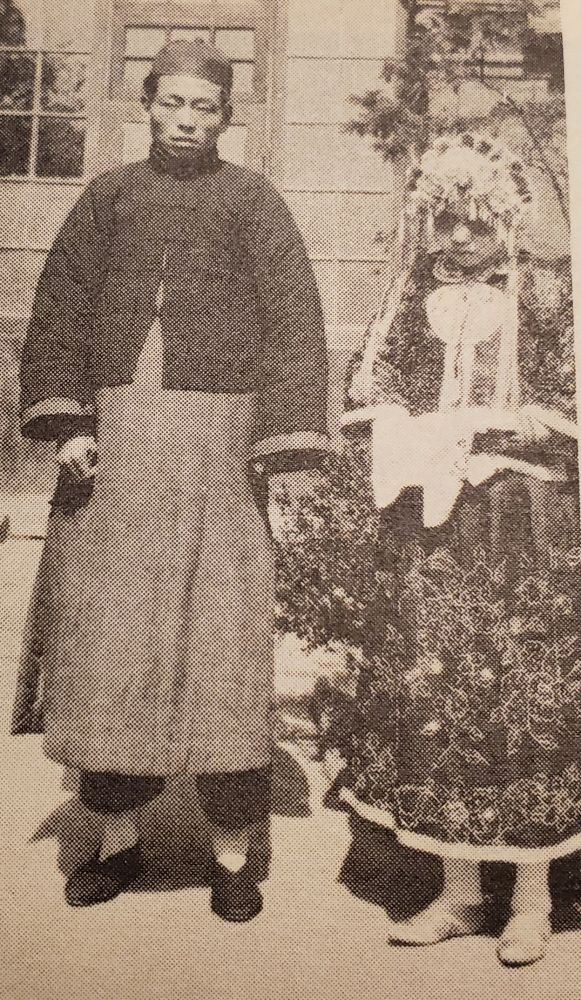
A group of Chinese girls in the church washing their clothes in laughter.

At that time, the missionaries in China strongly opposed women's foot-binding, encouraged women to be educated, and contributed to the women's liberation movement.
The Hendrys bought some souvenirs from China. There was an exhibition at Southwestern University in Texas a few years ago where these souvenirs were on display. These were bought with their own money, unlike some art pieces robbed by the Allied Forces. In a way, these souvenirs have contributed to the preservation of Chinese culture. In China, most of these things were burned during Culture Revolution.

There was an interesting story recorded in the genealogy book of the Hendrys’ [1]. In Nanjing, John L. Hendry Sr. bought a piece of land from a young Chinese and prepared to build a church on this land. This was around the time of the Boxer Uprising. The young man was obviously under a lot of pressure from his relatives and local people for selling this land. He almost committed suicide under the pressure. The next day he came back and pleaded to cancel the deal. The church understood his situation and promised to cancel the land deal in order to ease the relationship with the local people. Later, local people were moved and donated a piece of land to the church.
I found an article [5] published in the "Zhejiang Social Science" in the process of checking historical data on the Internet. The author of the article discusses a dispute involving a church that took place in Huzhou in the early 1900s. It was the so-called “Case of Zhejiang Huzhou gentry vs the church” (1902-1908). The accused was the missionary T. A. Hearn, but the name of John Hendry also appeared in the case. The story goes like this:
The church wanted to buy a piece of land to build a church and a hospital. The local officials could not find out who the land belonged to, so according to the Chinese law an announcement was made that if no one claimed the land within a few months, the government would sell it to the church. No one claimed within the expiration deadline, so the church bought the land from the government and started the construction. This caught the attention of the local gentry. At that time, this kind of conflict was likely to start a vicious cycle of killing, destroying the church - negotiating - gunboats - indemnity and punishment. However, according to this article, this matter was finally resolved peacefully through the mediation of the US court in China. With the church concessions, the parties reached an out-of-court settlement agreement. This was the only peaceful resolution of such conflicts at that time. Later, a believer Shen Langxi donated one acre of land and a house to the church. This case attracted the attention of all of China at the time and was a well-covered story in various newspapers in Beijing, Shanghai and Guangdong.
Maybe these are two versions of the same story, maybe they are two different stories. In any case, in all fairness, there was nothing wrong with what the church did. They bought a piece of land in full accordance with Chinese laws and regulations, and they had already started construction. It is not reasonable to enforce the original landlord’s expired claim. Under such circumstances, the church would rather take the financial loss and return the land in consideration of its relationship with the local people. This contradicts some of the official information I saw, which claimed that the church relied on the foreigners' gunboat, and retaliated severely after the failure of the Boxer Rebellion, and bullied the non-believers. According to my understanding, it is unlikely that church would do such things, it is incompatible with the teachings of the Bible.
On the People's Web, there is an article [6] about the “Murder of Christians by the Boxers”. The author refers to the Chinese-French School of the French Catholic Bishop Fan Guoliang, who provided more than 50 translators for the French Expeditionary Force. He concluded that: "Some missionaries killed in the Boxer Uprising really deserved to die". This statement has a logical problem: even if there was a translation service provided by the missionaries, it was after the killing of the missionaries (the expeditionary army was there after the missionaries were killed). It doesn’t make sense!
In any case, if the prosecution were the only one allowed to present and the defense was not allowed to speak, then a lawsuit would have only one predictable result.
John L. Hendry Sr.’s church in Huzhou also cultivated two famous Chinese theologians: Zhao Ziwei and Wang Zhixin. Looking at their ages, they were probably baptized by John L. Hendry Sr. The church's contribution to Huzhou also includes education and Western medicine. Several church schools and a hospital were built by the church. To date, many doctors and nurses in Huzhou are Christians. During the Cultural Revolution, believers still insisted on worshipping and Bible study at home.
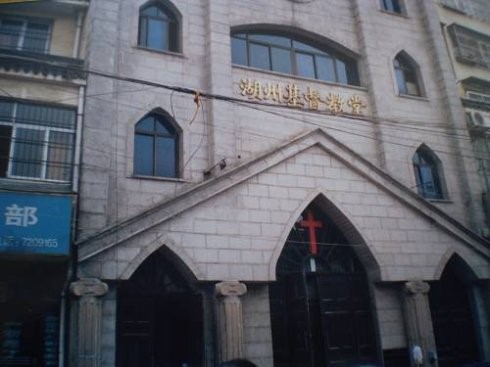
(Today’s Huzhou Christian Church)
The ending of the “case of Zhejiang Huzhou gentry vs the church” is very interesting. The author of the Zhejiang Social Science article visited the land of dispution (An article with the same content was posted by the same author on the Internet using a different title “Beating the Christian Church in Court” with obvious anti-Christian bias). He found that the building that was built by the church after the settlement was still in use today - the No. 3 Building of Huzhou First People's Hospital, where people flowed, bustling, and the word “1905” was engraved on the threshold; Everything that the local gentry won back in the early 1900s was annihilated." This ending is truly unbelievable!
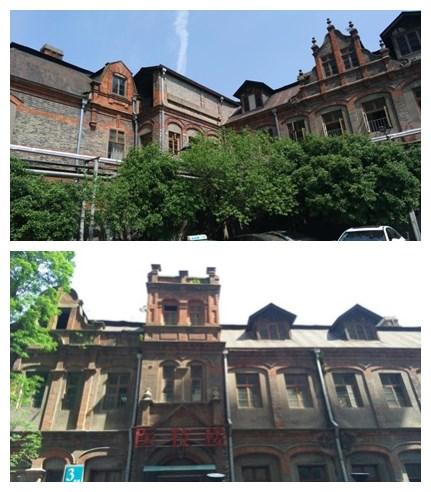
The last photo: In 1997, John L. Hendry III, his children and their spouses took a group photo at the Great Wall of China in Badaling.
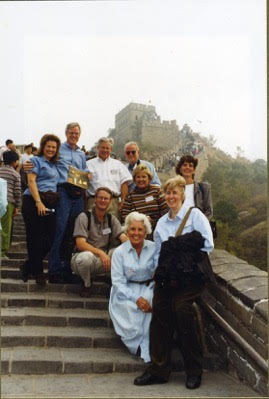
When John L. Hendry IV delivered his sermon at the College Station Chinese Church, he quoted a Bible passage (This was the verse that motivated his grandmother, Lois, to go to China):
“You did not choose me, but I chose you and appointed you to go and bear fruit--fruit that will last. Then the Father will give you whatever you ask in my name.” (John 15:16)
References
- Beverly B. Fiske, Hendry.Sedgwick.Sutcliffe.Baldwin: A Family History, 2009.
- Lois Sells Hendry, Footsteps, 1985.
- 中西並重:監理會在華事業研究 (1848-1939), 作者:馬光霞, 橄欖出版社:2016.
- Deke Erh and 86 Shanghai American School Students and Teachers 1937-1949, ed. Deke Erh, Old China Hand Press, 2011.
- 湖州海島教案的曆史還原與重新評價, 作者:張曉宇, 《浙江社會科學》2015年第3期.
- “庚子教難”初探, 李誌, (人民網)
http://www.peopledaily.com.cn/GB/channel1/10/20000929/255421.html
更多我的博客文章>>>